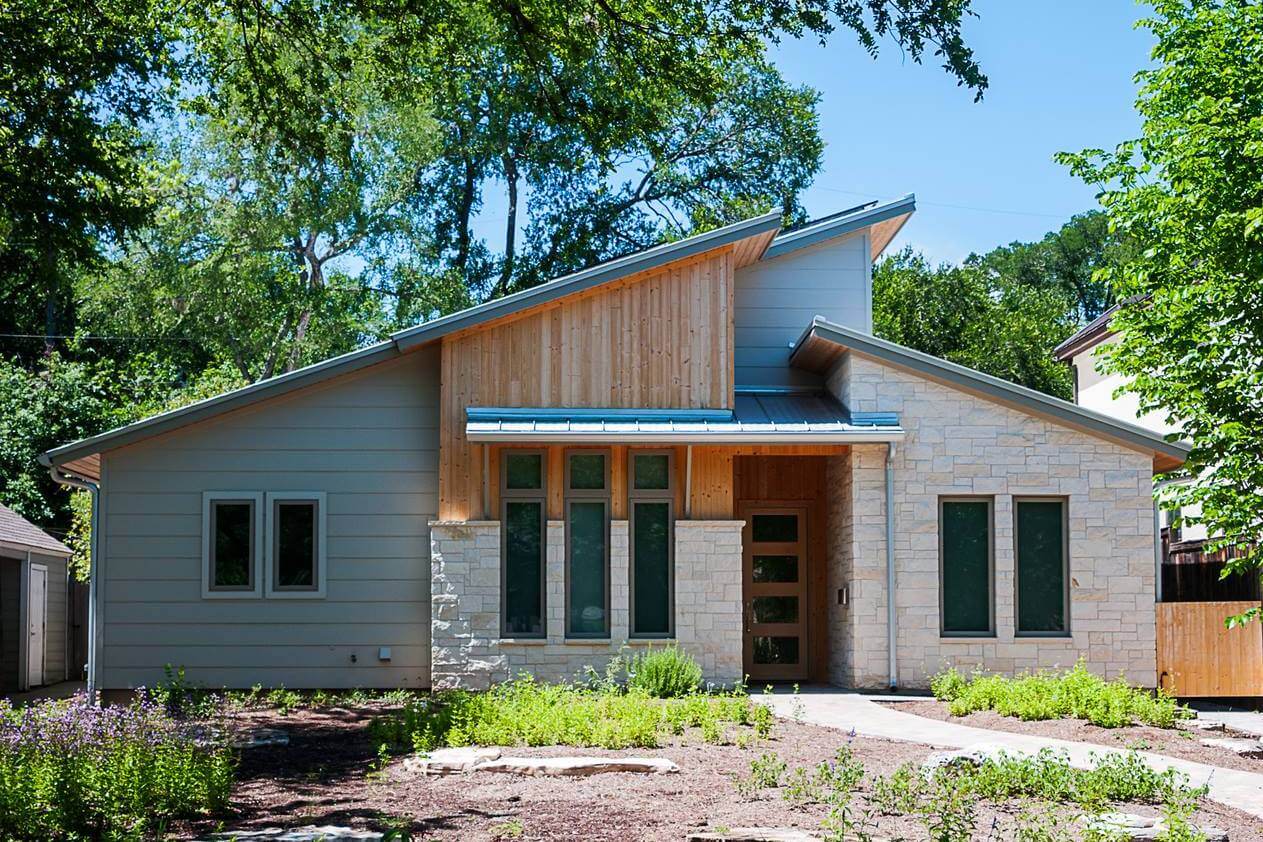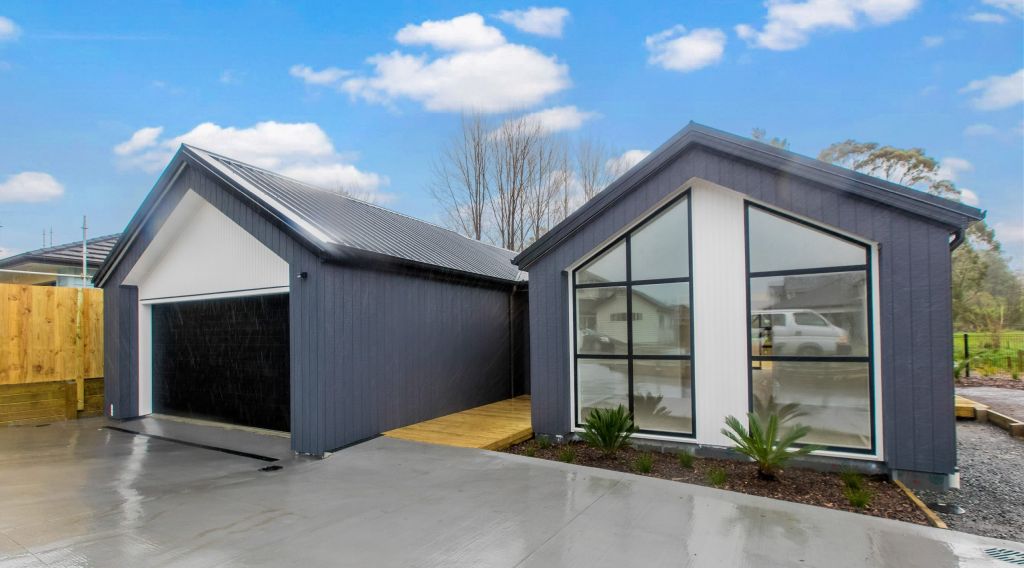Making eco-friendly home improvements not only reduces your environmental footprint but also enhances the comfort, efficiency, and value of your home. Whether you’re taking small steps toward sustainability or planning significant renovations, every action contributes to a greener planet. This guide outlines practical, sustainable choices you can make to create an eco-friendly home while saving on utility bills and aligning with the values of a healthier planet.
What Does It Mean to Have an Eco-Friendly Home?
An eco-friendly home is intentionally designed or retrofitted to minimize its environmental impact. This can include improving energy efficiency, reducing water waste, and using sustainable building materials. The goal is to create a space that’s not only kind to the environment but also healthier and more cost-effective for you and your family. With growing concerns about climate change, adopting eco-conscious home practices has never been more relevant.
Benefits of Eco-Friendly Home Improvements
Choosing eco-friendly upgrades comes with various advantages. Environmentally, they help conserve resources and cut down on emissions. Financially, they reduce monthly utility bills by lowering electricity and water consumption. Additionally, homes with green updates often have higher resale value and appeal to buyers seeking sustainable living. On a personal level, making these improvements promotes a healthier indoor environment by reducing exposure to toxins and allergens.
Sustainable Energy Solutions
Switching to low-impact energy solutions can create noticeable reductions in energy use. Installing solar panels is one of the most effective changes you can make. Solar energy harnesses the power of the sun to generate clean electricity for your home. While the upfront cost may seem daunting, many government incentives and tax rebates can make solar much more accessible. Plus, the long-term savings on your energy bills are significant.
Another option is upgrading to energy-efficient appliances. Look for ENERGY STAR-certified refrigerators, washing machines, and HVAC systems, which consume less electricity without compromising performance. Consider swapping out incandescent light bulbs for LEDs; these last significantly longer and use a fraction of the energy.

Water Conservation Strategies
Reducing water usage in your household is another critical step in adopting an eco-friendly lifestyle. Installing low-flow faucets and showerheads is a simple yet effective upgrade that can decrease water consumption by up to 50%. Additionally, dual-flush toilets give you more control over water usage depending on the type of flush needed.
For outdoor water use, setting up a rainwater harvesting system allows you to collect and store rainwater for tasks like watering plants or washing your car. Pair this system with native landscaping that requires less irrigation, and you’ll drastically cut down on your property’s water consumption.
Insulation and Air Sealing
A well-insulated home retains heat during the winter and keeps it out in the summer, allowing your HVAC systems to use less energy. Eco-friendly insulation materials such as cellulose, wool, or recycled denim are excellent options that reduce energy loss while utilizing sustainable materials.
Air leaks around doors, windows, and ductwork are significant contributors to energy waste. Seal these gaps with weatherstripping or caulking to prevent air drafts. Not only will this make your home more energy-efficient, but it will also improve indoor comfort and reduce your utility bills.
Sustainable Building Materials for Remodels
If you’re tackling a larger renovation project, selecting sustainable building materials should be a priority. Bamboo, for instance, is an eco-friendly alternative to traditional hardwood flooring. It grows quickly and is highly renewable. Another excellent choice is reclaimed wood, which repurposes timber from old structures, reducing the need for new tree harvesting.
When selecting paint, opt for non-toxic, low-VOC (volatile organic compounds) options to improve indoor air quality. Similarly, eco-friendly countertops made from materials like recycled glass, paper composite, or sustainable wood offer unique designs and durability with less environmental impact.
Smart Home Technology for Sustainability
Smart home devices play a crucial role in creating a greener home. A programmable thermostat, such as Nest or ecobee, enables you to control your home’s heating and cooling remotely, reducing energy waste. Some systems even learn your schedule and preferences for optimal efficiency.
Energy monitoring systems, like Sense, give real-time insights into your home’s energy consumption, helping you identify areas to cut back. Smart plugs and power strips can prevent energy vampires like idle electronics from using power when not in use.
Indoor Air Quality Improvements
Maintaining good indoor air quality is essential for your family’s health and comfort. Start by incorporating houseplants, which naturally purify the air by removing toxins and releasing oxygen. Plants like peace lilies, snake plants, and spider plants are particularly effective.
Upgrading to an air purifier or using filters in your HVAC system can also significantly reduce allergens, pollutants, and bacteria in your home. When ventilating your space, use energy-efficient fans and air exchangers to balance airflow without overburdening your HVAC system.
Building a Greener Community
A sustainable home contributes to a sustainable community. Share your eco-friendly upgrades with neighbors and friends to inspire them to take similar steps. Hosting a DIY workshop or joining community initiatives like tree-planting events are great ways to promote green living. Sustainability grows stronger when it becomes a collective effort.

Final Thoughts for a Sustainable Future
Every decision you make to improve your home’s sustainability is a step toward a greener future. By adopting eco-friendly energy solutions, conserving water, upgrading insulation, and choosing sustainable materials, you not only create a positive impact on the environment but also reap financial and personal health benefits.
If you’re ready to get started on your eco-friendly home transformation, research local resources like green building professionals and government incentives. Together, we can create homes that are better for the planet, and future generations. What changes will you make first?

